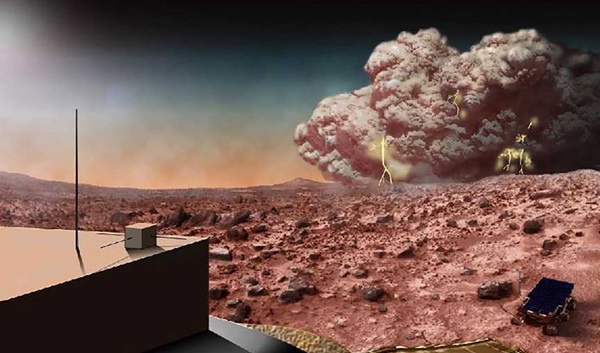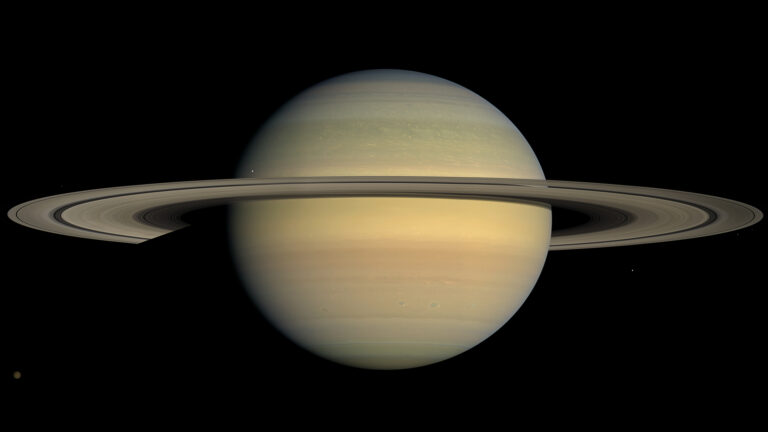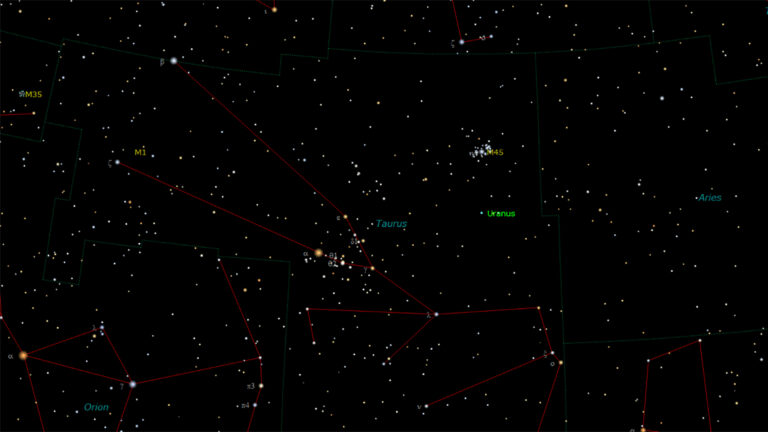Key Takeaways:
(Inside Science) — Windblown torrents of dust and sand can swallow the Martian landscape and black out the Sun. But within that darkness, electricity might sparkle and glow, new research suggests.
Triboelectrification, or the buildup of electrical charge from rubbing two surfaces together, is common on Earth — we’re all familiar with building a static charge by rubbing a balloon against our hair. A more spectacular example of the same phenomenon is the lightning that sometimes occurs in the clouds of gas and ash that emerge from erupting volcanoes.
But there’s no direct evidence this frictional discharging occurs in the low-pressure atmosphere of Mars. Some studies have attempted to re-create Martian dust flurries by stirring up grains of volcanic rock inside low-pressure containers and successfully created sparks. However, those experiments had a flaw, said Joshua Méndez Harper, a geologist from the University of Oregon.
“They allowed particles to come into contact with materials you wouldn’t expect on Mars,” Méndez Harper explained, from stirring devices or the surfaces of the containers that enclosed the experiments. This could produce misleading results.
So, Méndez Harper and his colleagues set out to design a more accurate simulation. They set up experiments that replicated Mars’ low-pressure atmosphere inside glass containers. And to simulate Martian dust, they sourced tiny grains of volcanic basalt, with a composition similar to rocks detected on the red planet. The team used jets of carbon dioxide to whip the particles into a frenzy, and they kept the dust distanced from the container’s walls.
The team was surprised when these pseudo-Martian dust flurries started sparking. The results imply Martian dust storms might be “crackling with electricity,” said Méndez Harper.
Since Mars’ atmosphere has a lower pressure than Earth’s, sparks would discharge more easily there. As a result, charges probably don’t ever build up enough to form the long filaments of lightning we see on Earth, Méndez Harper said. Instead, Martian dust storms might bristle with tiny sparks that make the thick, violent clouds glow purple. According to Méndez Harper this effect is called a “corona glow.” On Earth, the phenomenon sometimes occurs atop the mast of ships during thunderstorms. Sailors call it “St. Elmo’s fire.”
NASA’s Perseverance Rover, due to land on Mars later this month, may offer a first glimpse of Martian triboelectricity. Accompanying the rover is a small helicopter, named Ingenuity, and Méndez Harper is eager to watch the craft lift off. “You could imagine that as [Ingenuity] takes off, it might churn up a bunch of dust,” he said. “I look forward to watching that.”
This research is set to be published in March in the journal Icarus.
This story was originally published on Inside Science. Click here to read the original.










